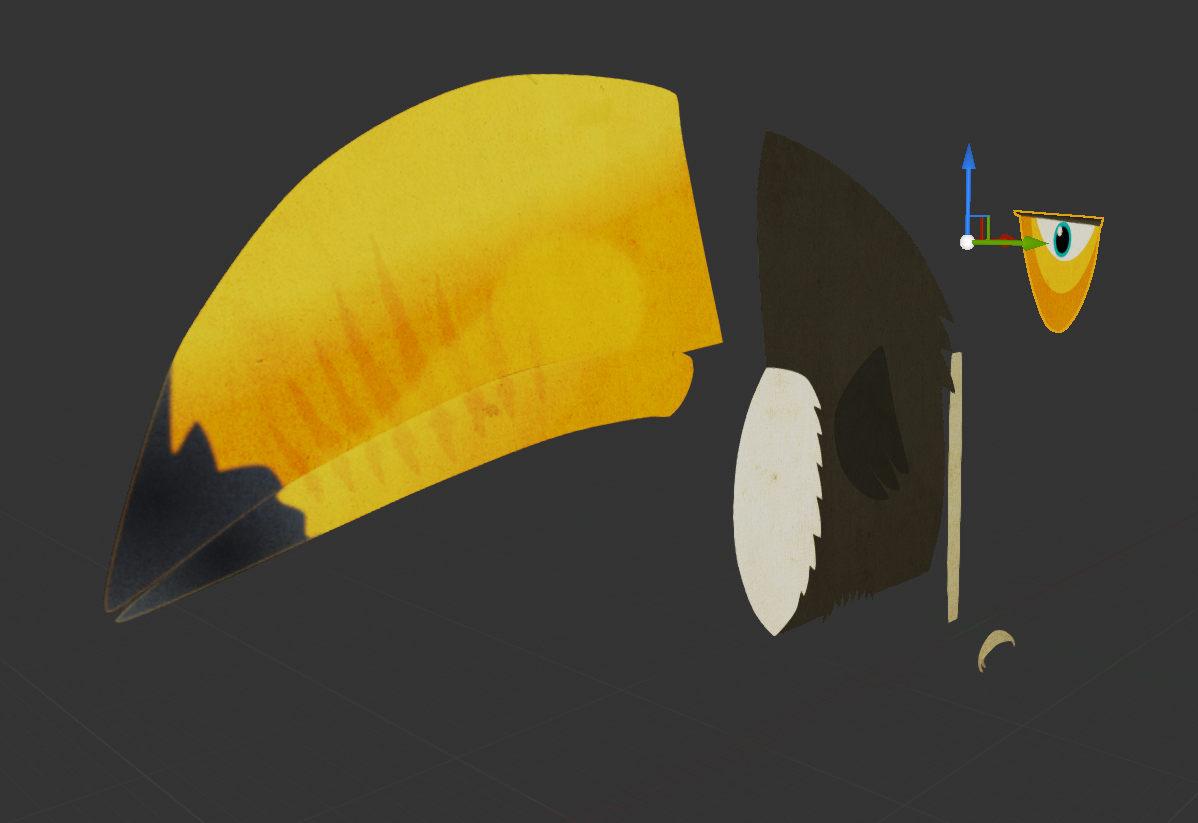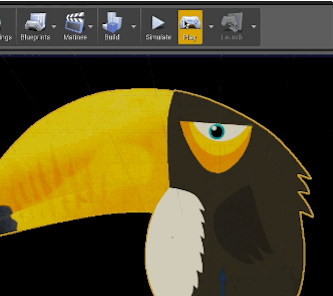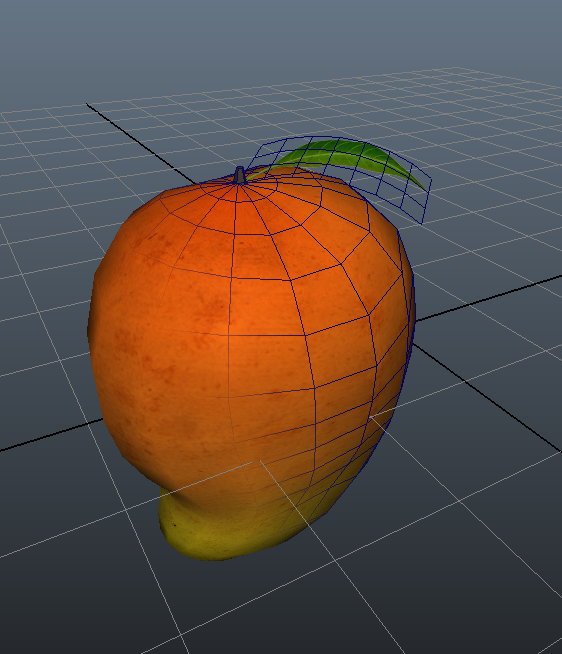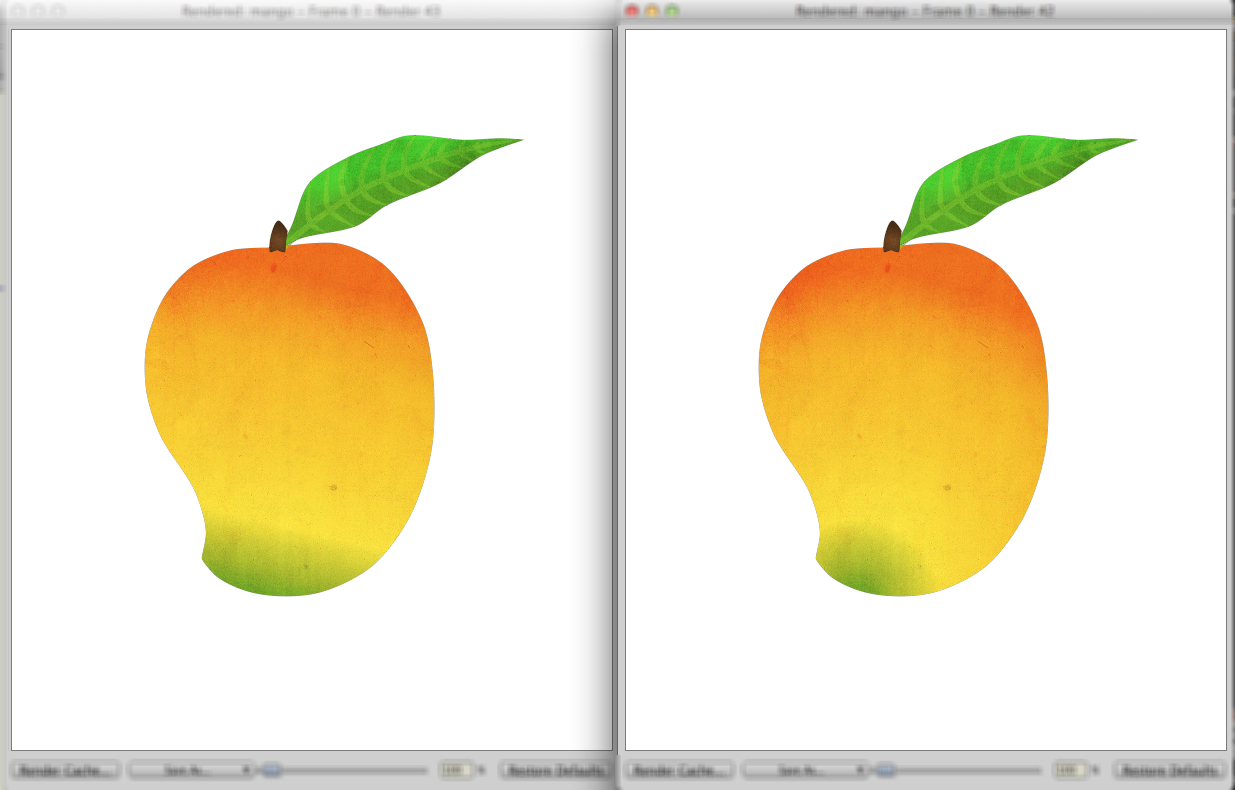Hello Community,
Long time to write a post on the forums, and the first time to write a post in that (WIP) section. I used to drop my blog posts in my website, but as it is related to UE I’ll try to post here too.
Long time ago when Epic released the UE4.0 I looked inside and found some experimental stuff, but the one that caught my interest was the Paper2D, so I made the first tutorials for it, a whole series using it. And that helped me to dig more inside the engine to fix/add some stuff to the experimental tools.
After that I got the chance to contribute in several projects planned to be released in XBox1 & PS4 using Unreal Engine’s Paper2D power ![]() and I hope I can talk about them some day soon.
and I hope I can talk about them some day soon.
Anyway, when I got a chance to enjoy my free time again I found that I’ve been using the engine for quite a while and it is the time to get out of the expermental&tests phase and decided to make my own real game for iOS/Android to add a new title to my dear games list ( There are video/text tutorials on the way for you guys as well) as it is the major thing companies used to hire me to do as I’m close enough to iOS/Android SDK.
Game name : A Typical Day
Platforms : iOS/Android
Price : Free/ads
Release date : by the end of August (I hope before)
IAP : NO
Leaderboard : Yes
Genre : a one touch game/Casual
As the game is very simple, I’m almost close enough to finish it since I started making it. It is just a matter of assets/Animation creation. All the code/blueprints have been made using mocups assets. As the majority of you know that I’m one person team(trying to learn new things in each game I made) But I’m a programmer at the end and making art assets is not my profession. In that game making it in 2d came from my seeking to draw good stuff & my seeking to keep using Paper2D
m-


 Can’t wait to see more on the game. Thanks for contributing tutorials, too!
Can’t wait to see more on the game. Thanks for contributing tutorials, too!





